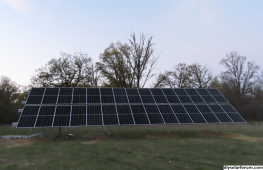timselectric
If I can do it, you can do it.
- Joined
- Feb 5, 2022
- Messages
- 18,624
Personally I would just dig it up and run two new oversized conduits (one for future).
And chalk it up to a lesson learned.
But I understand why you are trying to save what you have.
And chalk it up to a lesson learned.
But I understand why you are trying to save what you have.



